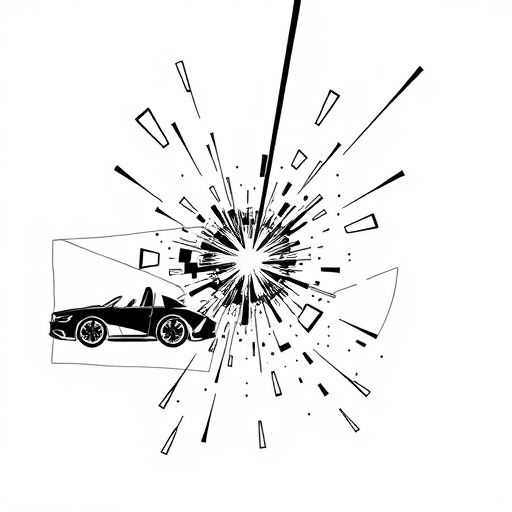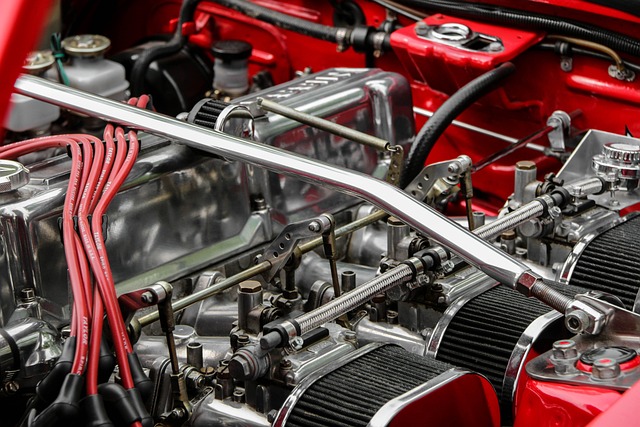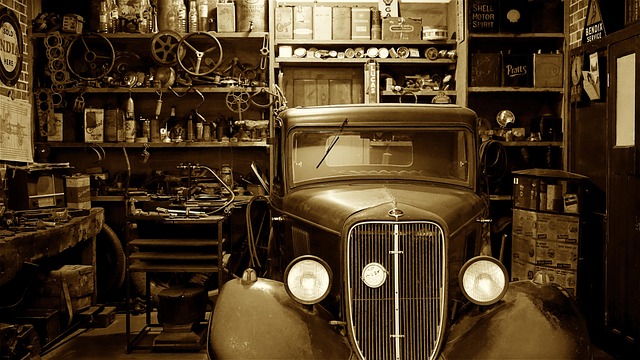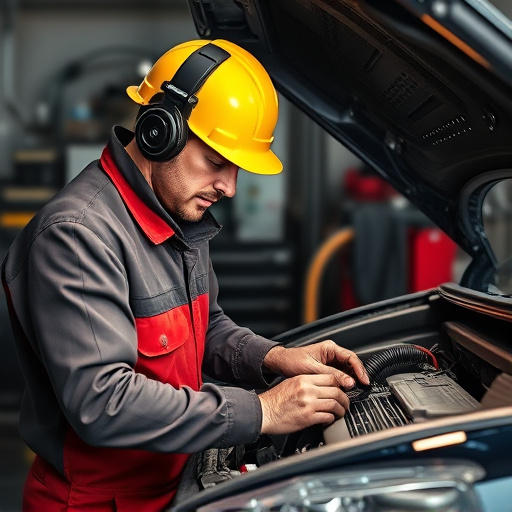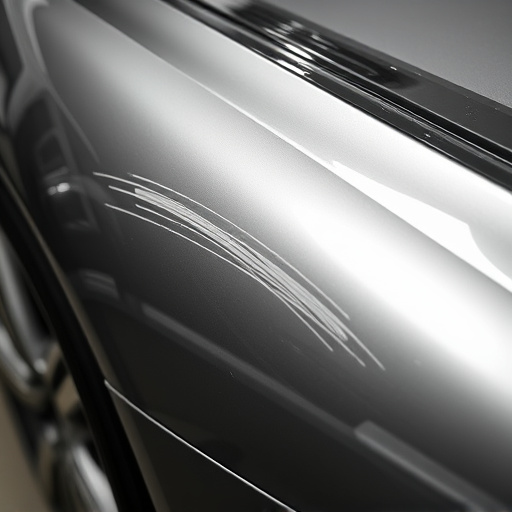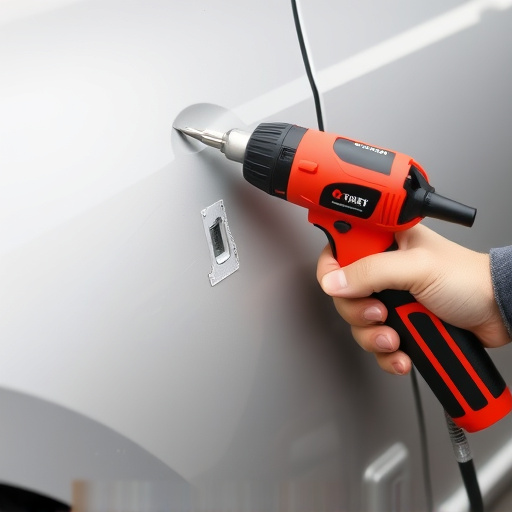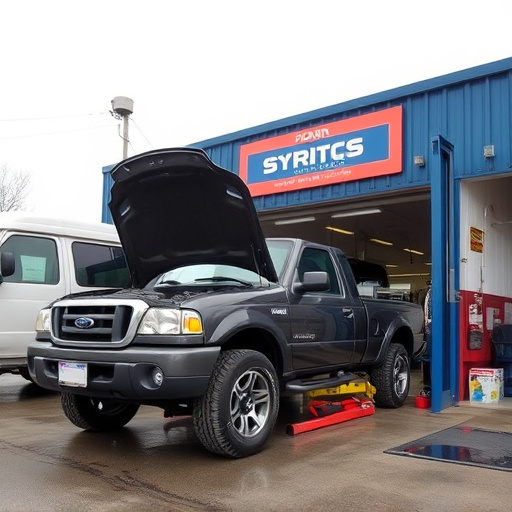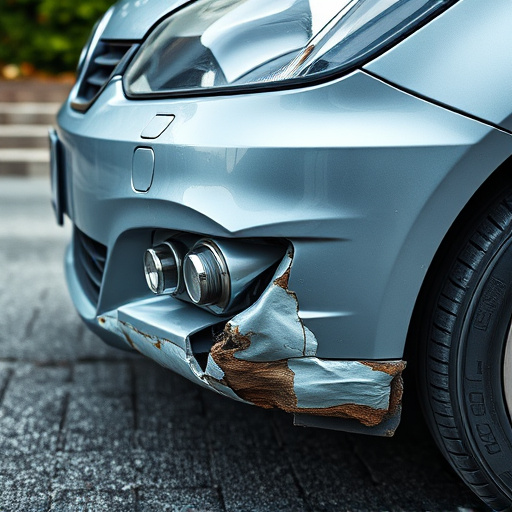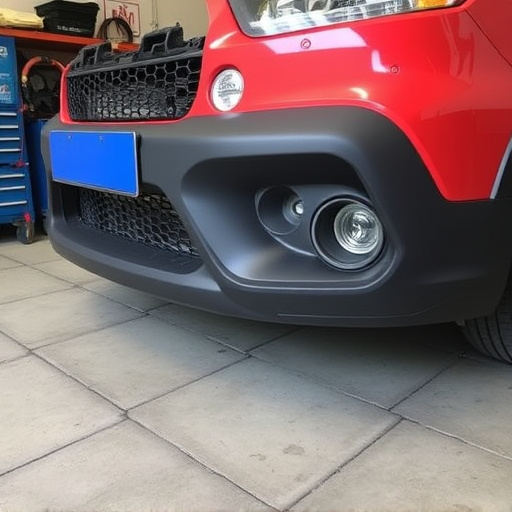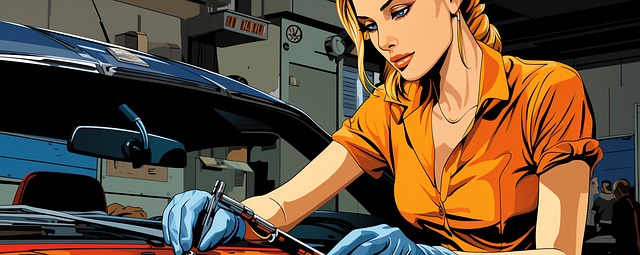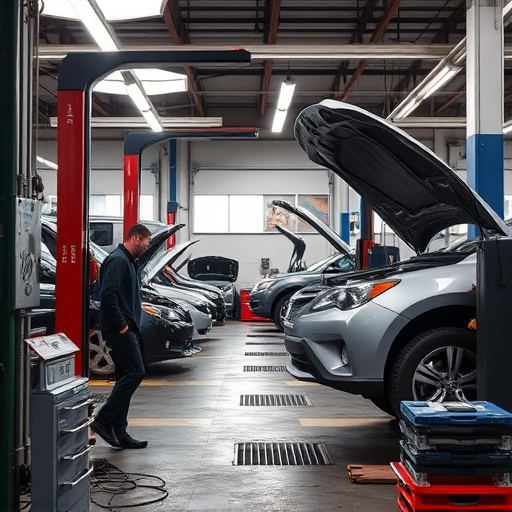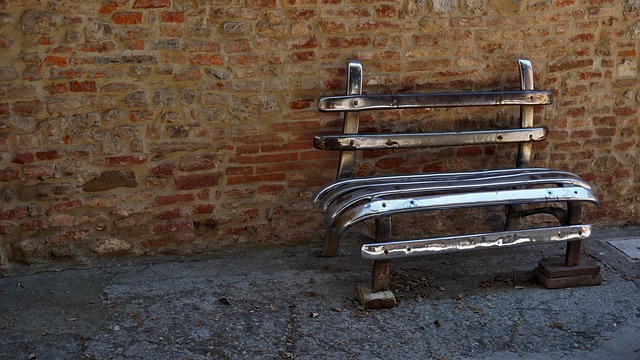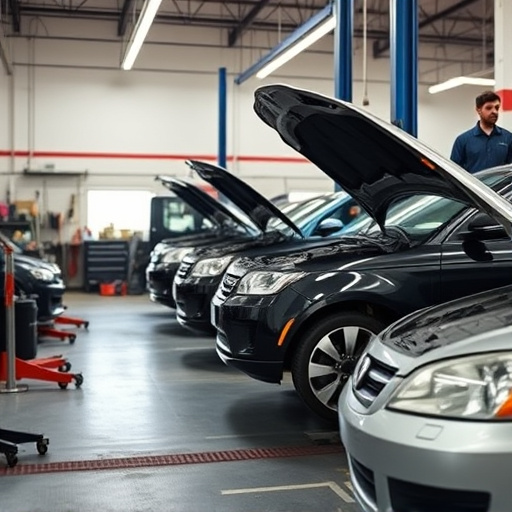Frame repair cost is influenced by a multifaceted approach, including assessment of metal damage, replacement parts needed, and regional market dynamics. Labor rates vary significantly based on location, expertise level, and repair complexity. Estimating time required for bodywork is crucial as simple jobs can take a few hours while intricate repairs span several days. The cost also includes parts such as doors, hoods, frames, crossmembers, sheet metal, and paint, with vintage vehicles potentially incurring higher costs due to rarity. Collision centers consider supplier costs and markups when sourcing these materials, empowering vehicle owners to make informed choices when comparing repair quotes.
“Uncovering the factors that dictate frame repair cost estimates is vital for car owners navigating the complexities of automotive repairs. This article delves into the key elements driving total frame repair costs, offering a comprehensive guide. From understanding the extent of frame damage and its impact on expenses to exploring labor rates and parts costs, we break down every aspect. By the end, you’ll possess the knowledge to make informed decisions regarding your vehicle’s restoration.”
- Understanding Frame Damage and Its Impact on Costs
- Labor Rates and Time Required for Repair
- Parts and Material Costs: A Comprehensive Breakdown
Understanding Frame Damage and Its Impact on Costs
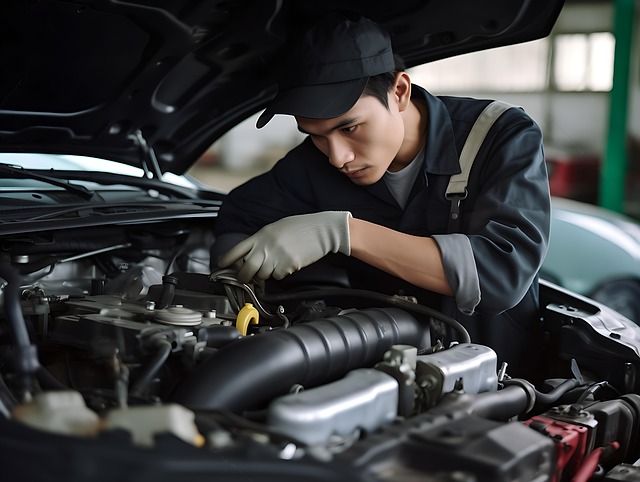
The extent of frame damage plays a pivotal role in determining the overall cost of frame repair at an auto body shop. This includes assessing issues like bent or twisted metal, damaged or broken components, and the need for replacement parts. Each of these factors contributes to the complexity of the repair process, dictating whether the job requires simple adjustments or extensive welding and fabrication.
Beyond direct damage assessment, the availability of original equipment manufacturer (OEM) parts, labor rates at the auto repair shop, and regional market dynamics also significantly influence frame repair cost estimates. Body shop services that specialize in precise frame straightening and alignment techniques may command higher rates due to their expertise, whereas general auto repair shops might offer more competitive pricing for less specialized work.
Labor Rates and Time Required for Repair

The labor rates charged by an auto repair shop are a significant factor in determining the overall frame repair cost. These rates vary widely depending on several variables, including the location of the shop, their level of expertise, and the complexity of the repair. For instance, urban areas with higher living costs often have more expensive labor rates compared to suburban or rural regions. Auto collision repairs that require specialized skills or unique equipment will command higher labor charges.
Estimating the time required for auto bodywork is another critical aspect. The duration can significantly impact the final bill. Simple frame straightening jobs might take a few hours, while more intricate repairs, such as replacing damaged panels or realigning structural components, could stretch over several days. Auto repair shops typically provide an initial estimate based on visual inspection and standard industry practices, but the actual time may fluctuate based on unforeseen challenges that arise during the bodywork process.
Parts and Material Costs: A Comprehensive Breakdown

When estimating frame repair cost, one of the primary factors is the cost of parts and materials required for the fix. This encompasses a wide range of components, from individual panels like doors, fenders, and hoods to intricate structural elements such as frames, crossmembers, and unibody components. The complexity and rarity of these parts play a significant role in determining their prices. For instance, replacement parts for classic or vintage vehicles often command higher prices due to limited availability.
Moreover, the materials used in frame repairs can vary based on quality and type. This includes sheet metal, welding supplies, paint, and primers. High-quality, durable materials may increase the frame repair cost, but they also ensure better long-term results. Collision centers or car body shops often source these materials from reputable suppliers, factoring in transportation costs and supplier markups into their final estimates. Understanding this breakdown is crucial for vehicle owners to make informed decisions when comparing quotes from different repair facilities.
When estimating the total frame repair cost, several key factors come into play. Understanding the extent of frame damage is crucial, as it directly impacts both labor requirements and material expenses. Additionally, varying labor rates across regions can significantly affect the overall cost. Furthermore, the availability and pricing of replacement parts play a pivotal role in determining the final frame repair cost. By comprehending these influences, car owners can make informed decisions when budgeting for essential frame repairs.
